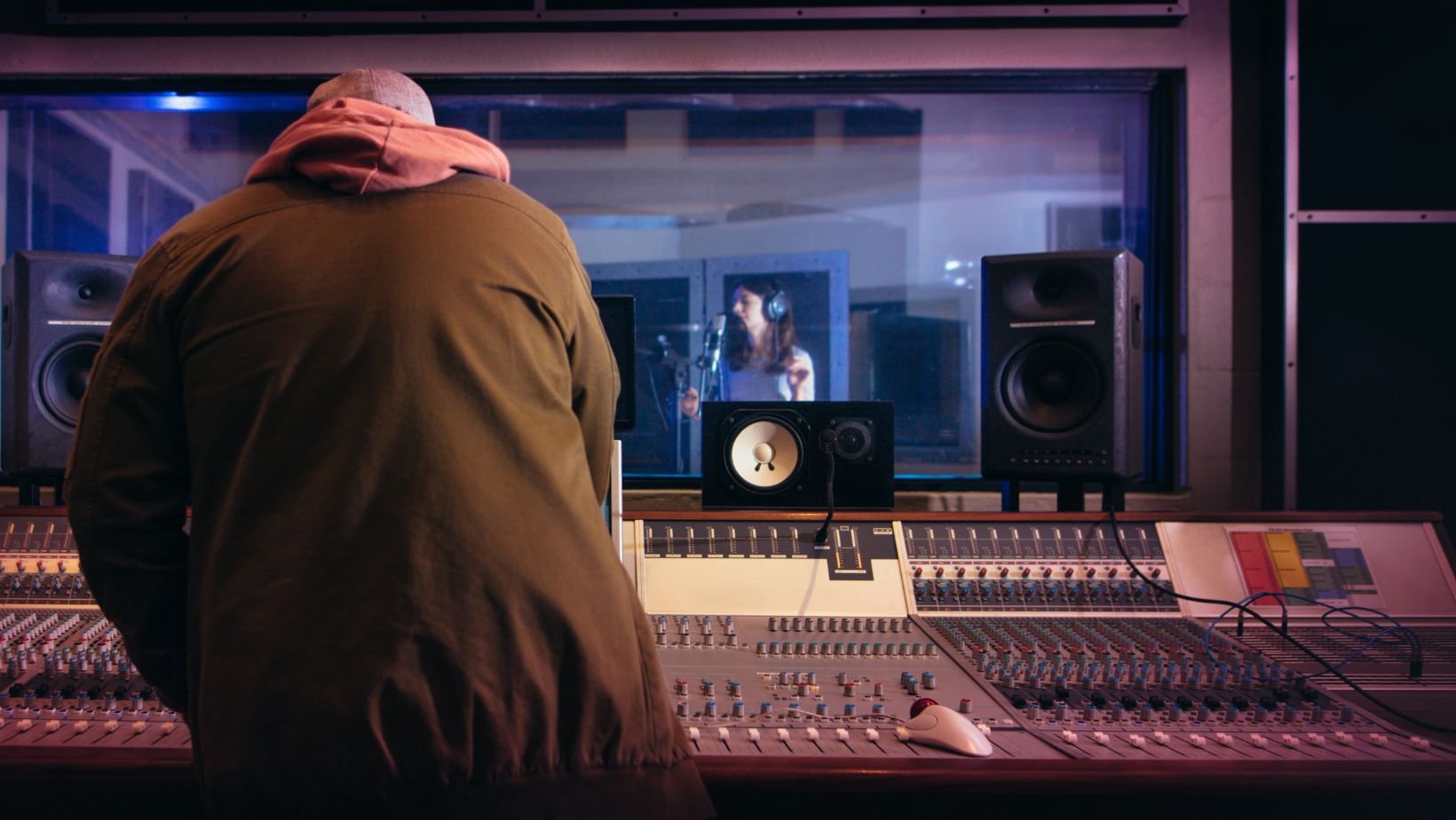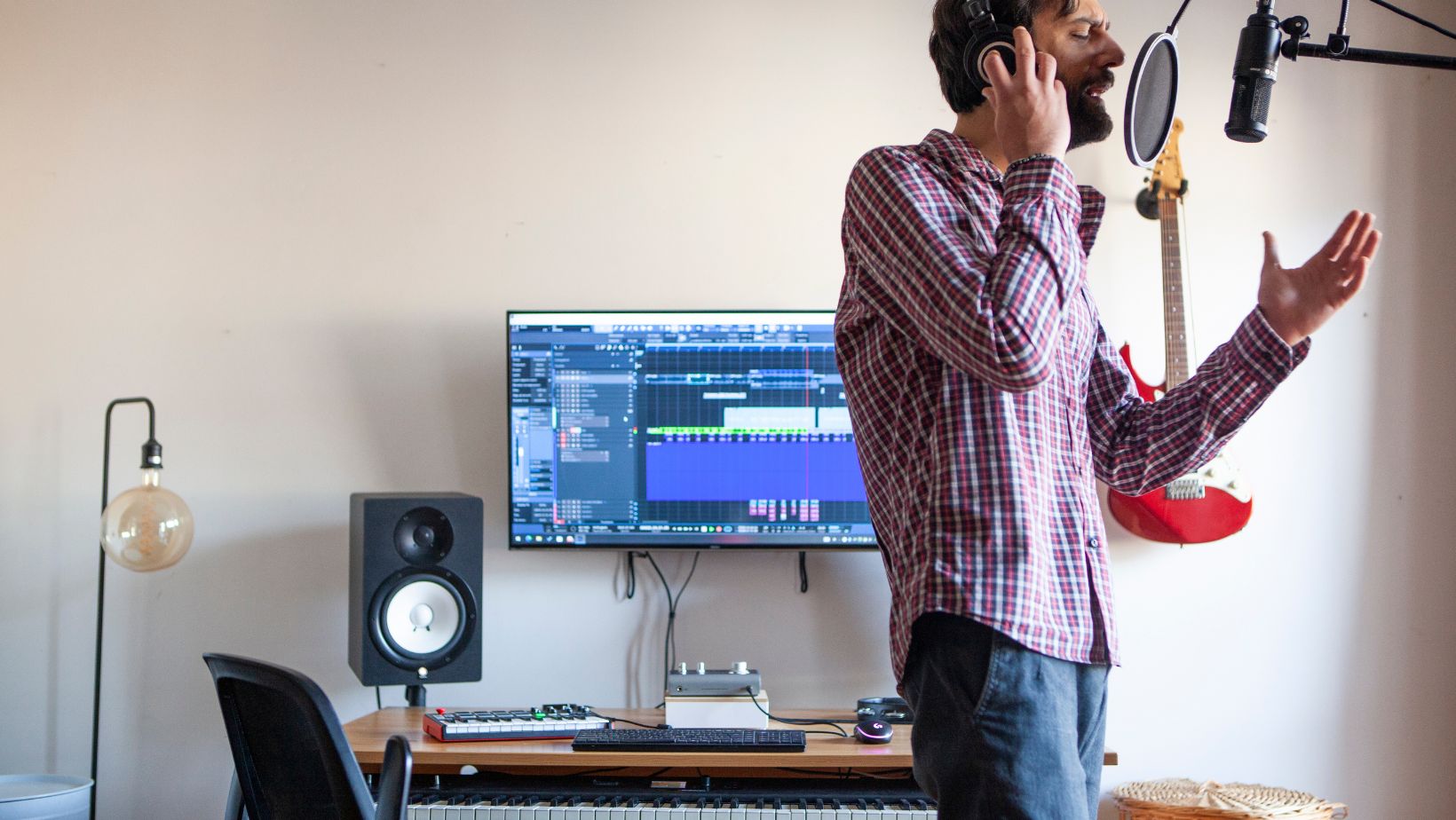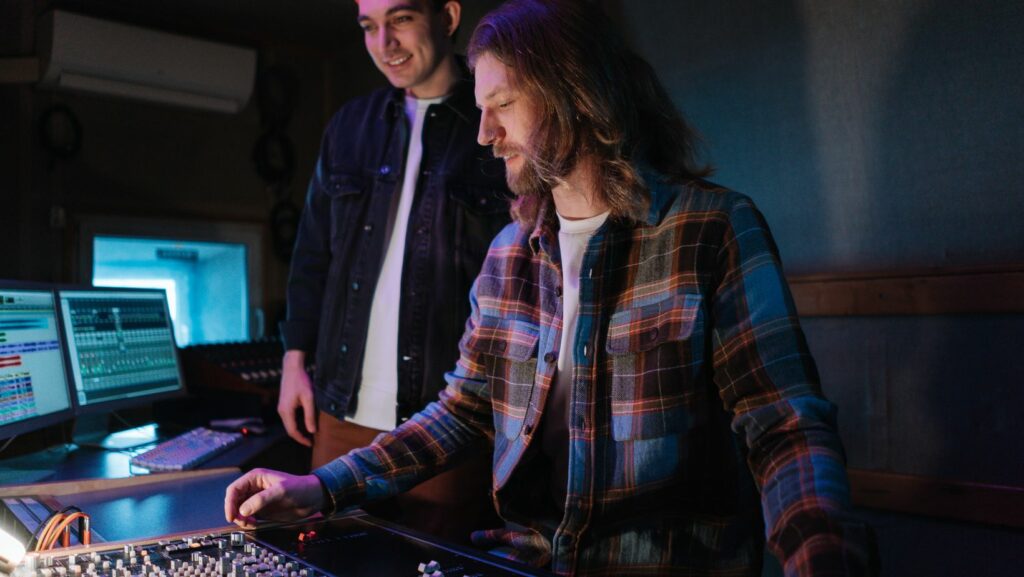Ever wondered about the magic that happens behind the scenes of your favorite songs? It’s all in the music production studio, a world teeming with creativity and technical prowess. This is where raw talent transforms into polished masterpieces, ready to captivate listeners worldwide.
Whether you’re an aspiring musician or a curious fan, understanding the ins and outs of a music production studio can be truly fascinating. From the intricate process of recording to the art of mixing and mastering, there’s a lot more to your favorite tracks than meets the ear. Let’s dive into this captivating world and discover the secrets behind the sound.
Music Production Studio

A music production studio calls for several essential devices in the pursuit of capturing, refining, and amplifying sound. Here are key components to consider.
- Audio Interface: Serving as a conduit between the computer and microphones, audio interfaces improve sound quality, with models like Focusrite Scarlett 2i2 gaining prominence for their robust performance.
- Digital Audio Workstation (DAW): MIDI data, sequencing, mixing, and editing occur in this software. Renowned examples include Ableton Live and Logic Pro X.
- Studio Monitor Speakers: For accurate reproduction of sound frequencies, studio monitor speakers are indispensable. Yamaha’s HS series stand as popular choices for their detailed sound experience.
- Microphones: A variety of microphones, ranging from dynamic ones like Shure SM58 to condenser types such as Neumann U87, allow capturing unique audio textures.
- Headphones: Professional headphones, like the Sennheiser HD 280 Pro, offer precise sound for monitoring and editing.
- MIDI Controller: This device, such as the Akai Professional MPK Mini MKII, enables beat-making and instrumental performances.
Assembled carefully, these inputs maintain the transformative potential of a music production studio, contributing to the creation of captivating audio pieces.
Setting Up Your Studio Space

Establishing an optimal studio space entails profound consideration of several factors. Acoustics might be the foremost consideration, as uneven acoustics can drastically change the sound of what you’re recording. Optimizing acoustics often involves the use of bass traps, diffusers, and absorbers, all aimed at refining sound resonance.
Room layout, another crucial factor, must visualize the strategic placement of equipment like Audio Interfaces, Microphones, and Monitor Speakers. A clutter-free, organized space contributes to a productive working environment, streamlining the music production process.
Lighting also plays a pivotal role. A well-lit music production studio can boost the mood during recordings and promote creativity. Options encompass both natural and artificial light, such as soft white bulbs or daylight mimicking light.
Recording and Production Techniques

Incorporating various recording and production methodologies enriches a track’s sonic texture. Subtlety lies at the heart of effective sound recording; each technique leaving an indelible imprint on the final piece. For instance, layering multiple takes of a vocal line, known as multitrack recording, brings depth and richness to the performance. Equally important, capturing audio in stereo format offers a sense of space and reality to the listener.
Microphone placement plays a crucial role in obtaining the desired sound. Case in point, positioning a mic closer to an instrument emphasizes bass frequencies (“proximity effect”), whereas using two mics can create a wider, fuller sound, a technique widely known as stereo miking.
Trends in Music Production
The transformation of a music production studio into an alchemist’s lab isn’t just a metaphor. It’s an accurate depiction of the magic that happens when technical know-how meets creative inspiration. The importance of acoustics, room layout, and lighting, coupled with the right equipment, creates an environment ripe for musical innovation. Techniques like multitrack recording, stereo miking, and the use of audio effects are the tools of the trade that add depth, rhythm, and a wider sound to the music. As trends in music production continue to evolve, these foundational elements remain critical to creating high-quality audio pieces. The future of music lies in the hands of those who master the art and science of the production studio.

